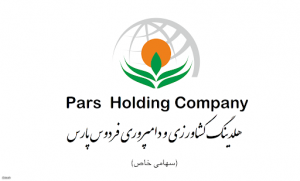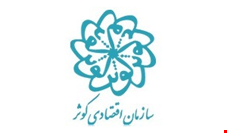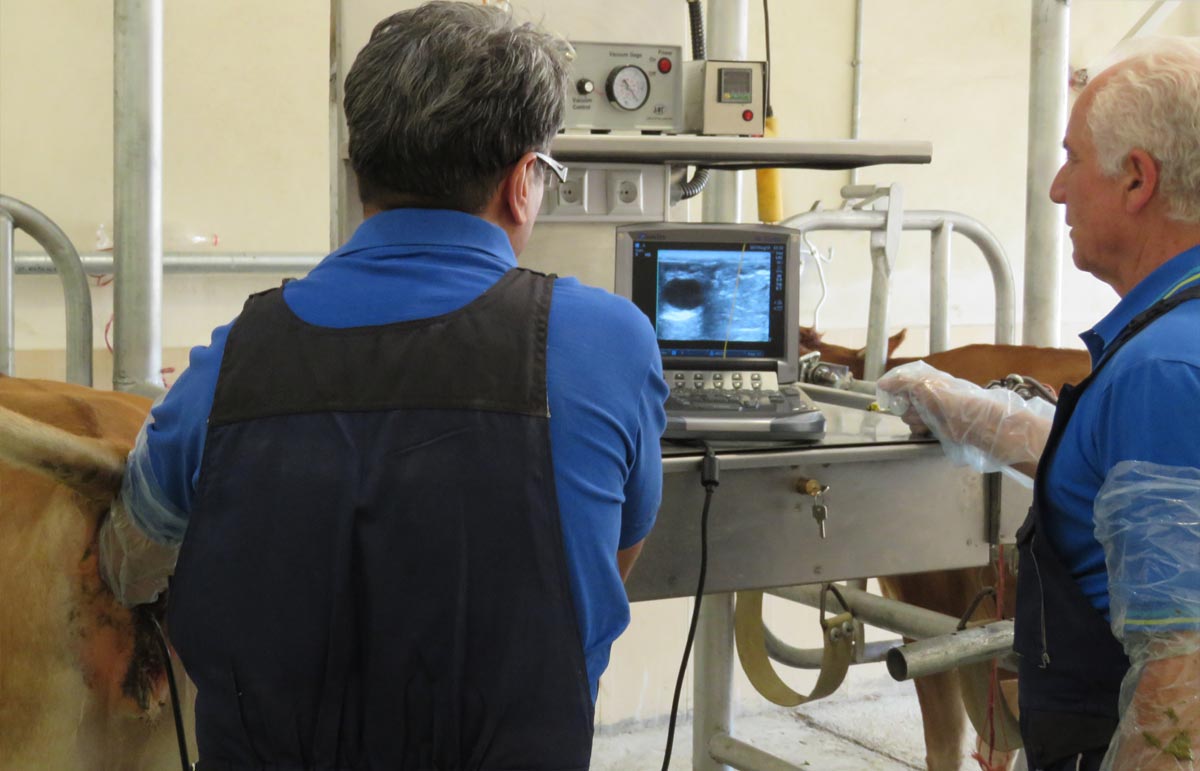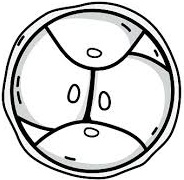Why the “embryo transfer” in the world is increasing?

High production costs for milk and meat has been a constant problem for producers in the livestock industry, while in recent decades, developed countries have been able to reduce production costs about 20-30% using reproductive biotechnology and superior cows have been propagated using “in vitro embryo prodution technology”.
Because of the aforementioned perspective, the Sina Fanavaran Mandegar Co. (affiliated with the Avicenna Research Institute) created an embryo bank from high-quality dairy breeds of cows (Jersey), dual-purpose (Simmental) cows, and beef (Charolais, Limousin, and Blonde d'Aquitaine) cows for the first time in the country.
Documentary on the laboratory production of embryos at Sina Fanavaran Mandegar Company
Common Questions
In this method, embryos are formed in the laboratory over 7 to 8 days, as follows:
Day -1: Ovum pick-up and in vitro maturation (IVM) of oocytes.
Day 0: In vitro fertilization (IVF) of oocytes.
Days 1-7: Embryo development (In Vitro Culture (IVC)).
Yes, it is possible to use female-producing or male-producing sperm to create embryos in the laboratory.
Heifers generally show the best success rates for ET compared to lactating cows.
For heifers, the ideal time is when their weight reaches two-thirds of the adult weight and their Body Condition Score (BCS) is above 2.5.
For multiparous cows, the best time to start embryo transfer programs is 70 days after calving.
Achievements and Awarards
√ Pioneered the successful birth of a lamb through in vitro fertilization and produced cloned embryos in Iran.
√ Produced embryos from elite cows through the ovum pick-up technique, recognized as part of the National Master Plan.
√ Acquired the first and only exploitation license for “Laboratory Production of Cattle Embryos” from the Veterinary Organization.
√ Entered into contracts for embryo sales with prominent organizations such as the Execution of Imam Khomeini’s Order (EIKO), Astan Quds Razavi, Central Union of Iran Animal Farmers, and private sector dairies.
√ Received a request from the Country Environmental Protection Agency to collaborate on the cheetah preservation project.
√ Established a Standing Committee on Cooperation in Reproductive Biotechnology with the Veterinary Organization.
The benefits of laboratory embryo transfer
The laboratory production of embryos using the ovum pick-up technique has been increasing worldwide. Only one Brazilian company, IVB, produces 60,000 embryos monthly using this method.
Some of the key benefits of utilizing these embryos include:
√ Reducing production costs by 20% to 30% for the expansion of premium animal herds.
√ Creating a genetically homogeneous herd in a short period.
√ Cost-effective breeding of desired breeds.
√ The ability to select the sex of the fetus based on the dairy or beef cattle lineage.
Our Services:
Here you can see a complete list of SFM Co. activities:
Need consaltation
Press button
Some of our clients
It is our pleasure to cooperate with the best company










